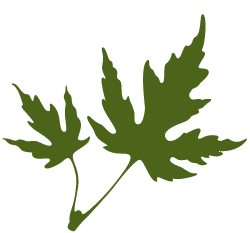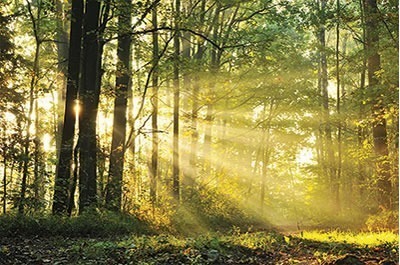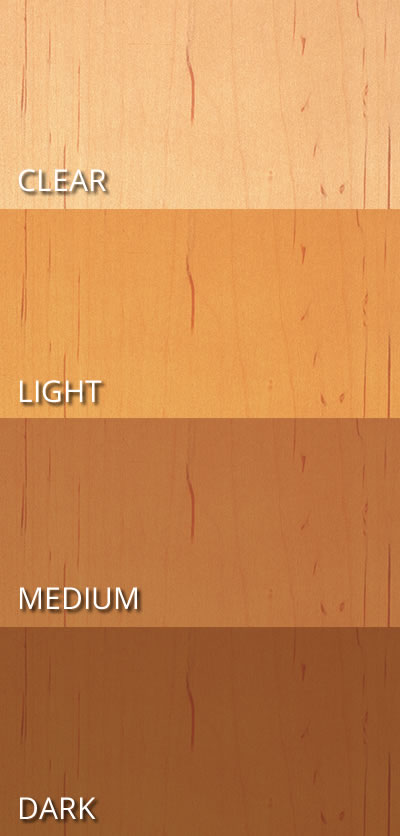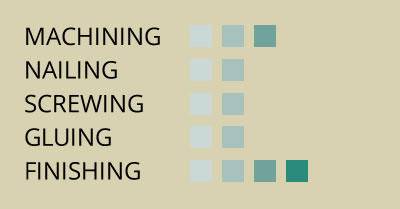Soft Maple

Acer rubrum, Acer saccharinum Other Names: Red maple, silver maple, box elder
DISTRIBUTION
Throughout Eastern U.S.
GENERAL DESCRIPTION
Soft maple is very similar to hard maple in most respects. Generally, the sapwood is greyish-white, sometimes with darker-colored pith flecks. The heartwood varies from light-to-dark reddish brown. The wood is usually straight-grained. The lumber is generally sold unselected for color.
WORKING PROPERTIES
The wood machines well and can be stained to an excellent finish. It glues, screws, and nails satisfactorily; it also polishes well and is suitable for enamel finishes and brown tones. It dries slowly with minimal degrade and there is little movement in performance.
PHYSICAL PROPERTIES
Soft maple is about 25 percent less hard than hard maple, has medium-bending and crushing strength, and is low in stiffness and shock resistance. It has good steam-bending properties.
AVAILABILITY
Readily available.
MAIN USES
Furniture, paneling and millwork, kitchen cabinets, moulding, doors, musical instruments, and turnings. It is often used as a substitute for hard maple or stained to resemble other species.




